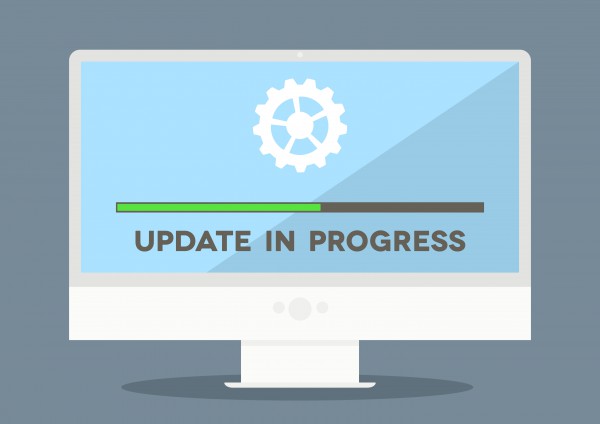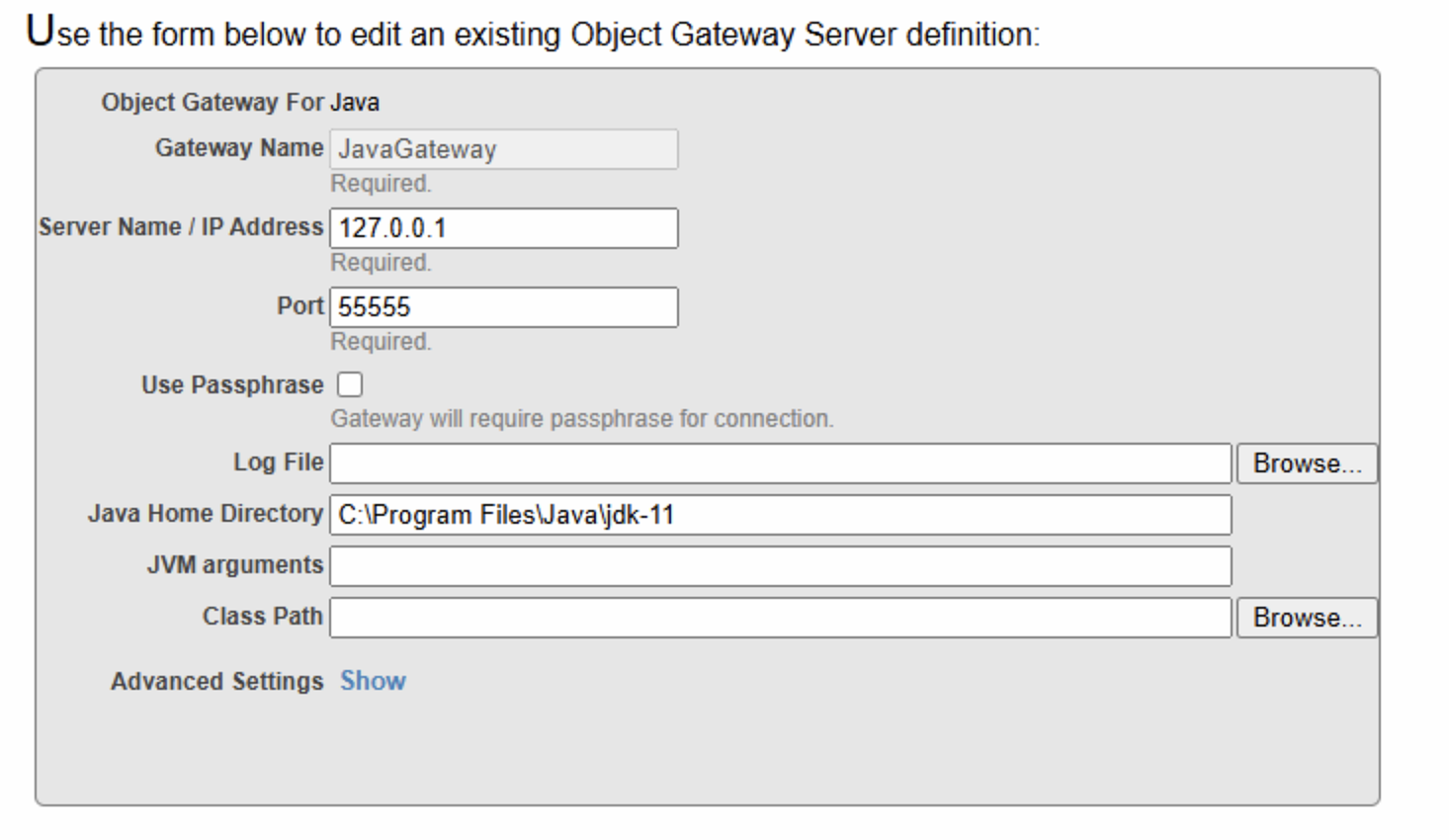Bonjour,
Je voulais partager avec vous une méthode pratique qui m'a été utile lors de mes développements sur Health Connect Cloud avec VS Code et GitBash. Lors de ces développements, si des modifications sont effectuées directement sur le serveur, comme des règles de routage ou des déploiements de composants, elles ne sont pas automatiquement incluses dans le contrôle de code source. Vous devez donc exporter les modifications depuis le serveur vers vos fichiers locaux et les envoyer vers votre dépôt distant. Je suis sûr qu'il existe des méthodes plus simples pour gérer ce problème, que je suis en train de tester, mais pour une solution rapide, j'ai pensé qu'il serait utile d'utiliser une méthode de pré-validation qui déclenche un rappel dans GitBash – voir ci-dessous.
.png)
Ce rappel peut être modifié pour mentionner les règles de routage et tout élément à prendre en compte pour l'exportation.
Code hook :
#!/bin/bash
# Git pre-commit hook - gentle reminder for Production.cls
targetFile="src/HCC/Connect/Production.cls"
# Check if Production.cls is already staged
staged=$(git diff --cached --name-only | grep "$targetFile")
# If Production.cls is not staged, show a gentle reminder
if [ -z "$staged" ]; then
echo ""
echo "💡 Gentle reminder: Have you made any changes to the Production class on the server?"
echo ""
echo " If YES: Export and add $targetFile to this commit"
echo " If NO: Continue with: git commit --no-verify"
echo ""
echo " (This reminder appears on every commit - use --no-verify to skip)"
echo ""
exit 1
fi
# Production.cls is staged, proceed normally
exit 0J’espère que cela sera utile à tous ceux qui développent avec Health Connect Cloud.



